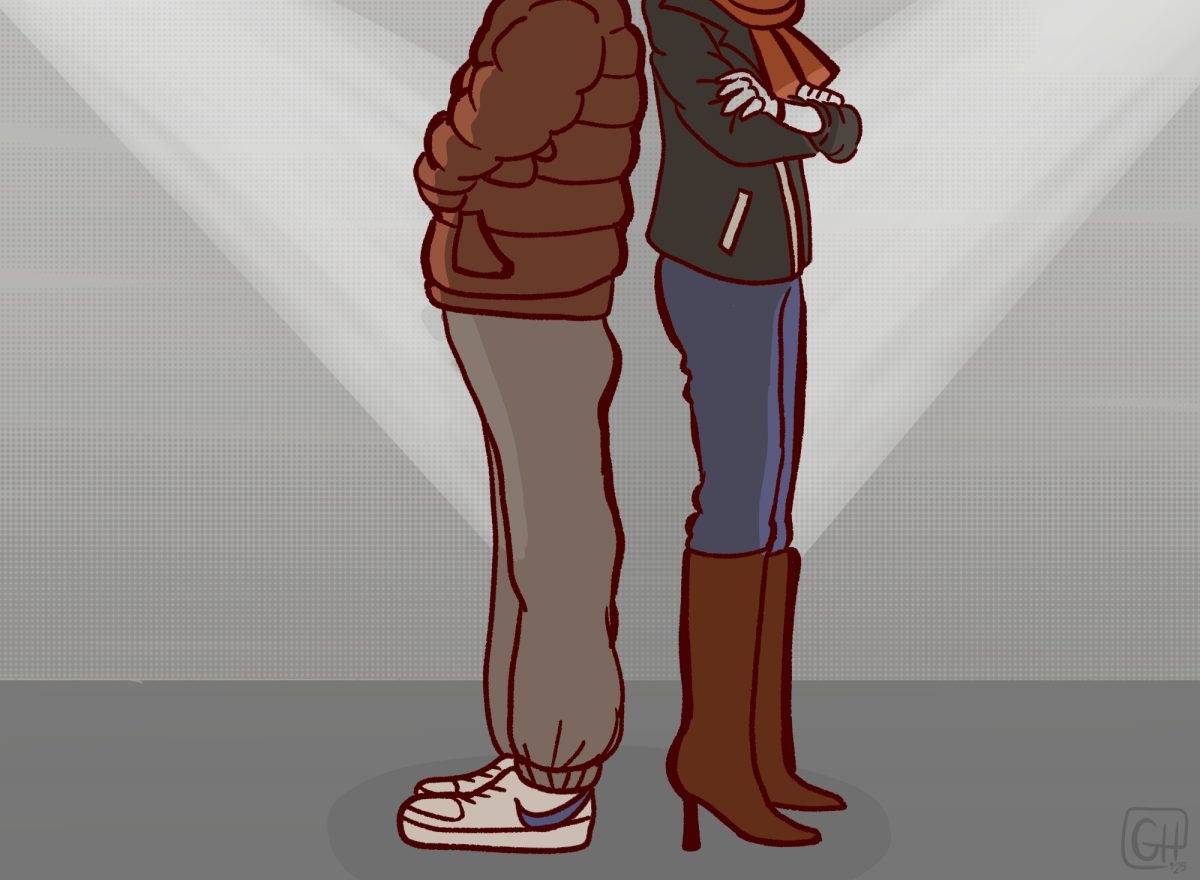Once upon a time, in the land we call the United States of America, you could procure substances such as cocaine, morphine and methamphetamines without the threat of being arrested and put in jail. All these drugs were at one point legal to buy and consume.
But this was some 40 years ago, and the entire drug game has changed substantially since then.’
At some point in the late ’60s, people began to realize that free love was not all that free, and that there was a price to pay for the liberal consumption of hallucinogens. As the United States began pulling out of the war in Vietnam, many soldiers came back with an insatiable yearning for heroin, an abundant and cheap form of escape they picked up while on duty.
By the early ’70s, drugs had been labeled as the scourge of society and President Richard Nixon promised swift action to counter these chemical menaces. By the time the Controlled Substance Act was passed in 1971, psychedelic pioneers like Ken Kesey and Timothy Leary had disappeared, and research in to the healing properties of such substances came to a screeching halt. The streets of Haight and Ashbury became littered with cat-eating speed freaks and junkies, searching desperately for a cure for the physical and ideological hangover of the ’60s.
Mind expansion gave way to getting ‘messed-up,’ and by the time disco was cool in the early ’80s, cocaine was all the rage. But this was only for those who could afford it. The lower class would have to wait until the popularization of crack cocaine some years later to get their fix.
After the AIDS epidemic became an important issue in the later ’80s, both needle and heroin use became un-cool, yet when purity increased and price decreased in the ’90s, heroin usage shifted from injection to inhalation. Heroin Chic became all the rage for the fashionable middle and upper class for every teenage girl who wanted to be like Kate Moss.
But now, more than a decade later, what of today’s drug culture? Who are our peddlers and pushers and what are our drugs of choice?’
It seems to me as if our drug dealers have left the streets and found a new home in the healthcare system. We don’t need to look very far to find a doctor willing to prescribe Xanax for mild anxiety or Adderall for a kid with a short attention span, and anyone getting their teeth pulled can look forward to days lying in front of the television drooling on themselves while high as a kite on one of a variety of prescription opiates.
O.C.’s, Perc’s, Addies, Vic’s, Xaniebars, the list of ”scrip’ drugs is endless and easily accessible. When we get a full bottle of Vicodin for a minor surgery that just required a couple painkillers, only a fool wouldn’t sell or ingest the rest. For many students, a surplus of prescription drugs is an easy way to make some quick cash.’
Money is flowing from pharmaceutical companies to private doctors, to patients and, finally, to the abusers, making a neo-drug market that circumvents the streets all together.
So why not? If the government isn’t doing much to stop it, then why should we? And really, who would make a better drug, big business pharmaceutical companies or some dude with a bathtub and some baking soda? Nowadays there’s no reason to go downtown and pick up from some sketchy petty-thug when you can stroll down to Student Health Services and get just as faded under your healthcare provider. Perhaps the subsidizing of the neo-drug market isn’t such a bad thing.
Maybe. But there’s a bigger picture.’
The rampant abuse of prescription painkillers in our society may be indicative of some other ideological shortcomings. ‘It is the opium of the masses,’ Marx said of religion in 1843. And today, when there’s little religion, there are a lot of opiates. Those that abuse opiates may really be compensating for the spiritual vacuum within which our modern society exists.
And what about stimulants? Does the fact that you only use Adderall when you want to get a paper done or plow through a whole book in two hours legitimize you using it without a prescription?’
Uppers, from ‘Addies’ to 5-Hour Energies, allow us to be diligent members of the workforce, thrusting a chemically induced enthusiasm upon our brain where no enthusiasm previously existed. I remember swallowing down those salts for the first time; I had never been so excited to do pre-calculus, and I hate pre-calculus.
Many of us are embracing our image as an overmedicated generation, and for those people the shift of drugs from the street to the state isn’t so bad. But when we look at the problem holistically and fatalistically things begin to look more and more like Aldous Huxley’s Brave New World. Perhaps we are turning in to a spiritually void workforce, dedicated to and sedated by the State.



















































































































does it really matter who is controlling the markets? Or just the fact that the market is being completely controlled? • Aug 3, 2010 at 2:20 pm
Ooh, spooky Brave New World allusion. <br/>Drug corporations driving a legitimized ‘soma’ campaign represents capitalism at its worse. It certainly blurrs the lines between markets on the far right and left, and brings up the question